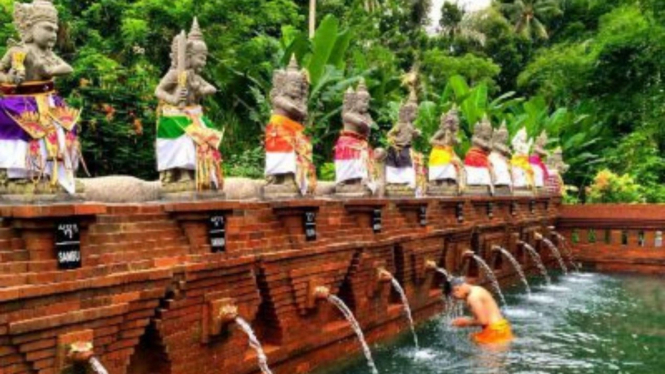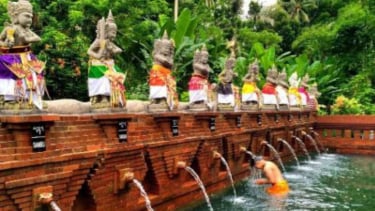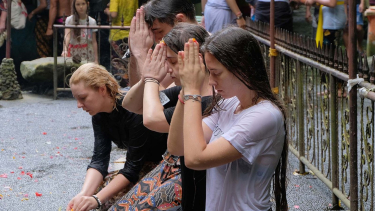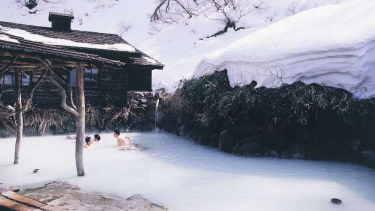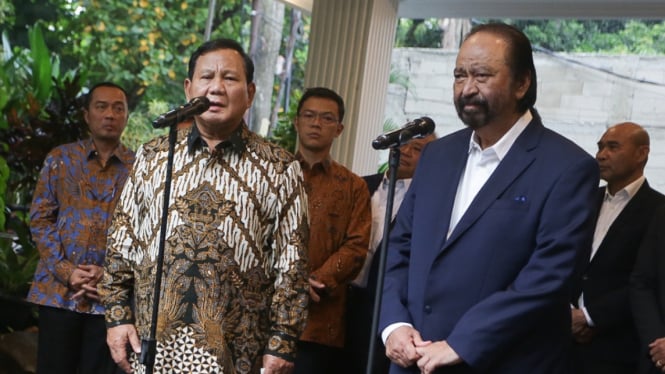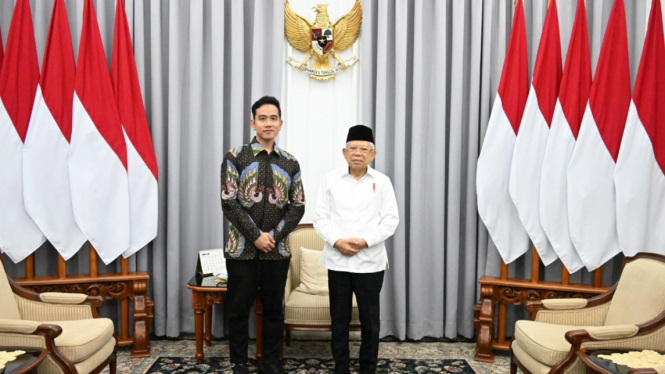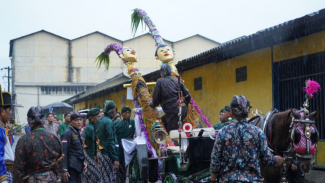- Istimewa
VIVA – Bathing is one of the activities that someone must do to take care of the body and maintain the health. Bathing is often used as a way to clear the mind and even become a sacred ritual.
Some countries make bathing a tradition and ritual. Usually, this bathing ritual comes from certain meaningful traditional beliefs. Well, here are some countries that have bathing rituals around the world from various sources.
1. Flower Bath, Indonesia
Mandi kembang.
- U-Report
Indonesia has a rich culture. There are also many bathing traditions in Indonesia, one is the flower bath. Flower bath is usually done by Indonesians to get many benefits.
Flower baths are indeed synonymous with mystical things in Indonesia; however, flower baths are believed to be able to lose weight, and provide a better aura or energy for the body. The flowers used for bathing are not arbitrary.
Among the list of flowers that have high positive energy, and radiance is white and red roses, ylang flowers, kantil, Cempaka, jasmine, and tuberose.
Through the flower bath, people can relieve stress and depression, get rid of acne naturally and be able to heal hemorrhoids.
2. Melukat, Indonesia
Ritual Melukat di Desa Sebatu
- ANTARA FOTO/Nyoman Hendra Wibowo
Besides flower bathing, Indonesia also has a unique bathing ritual, namely Melukat. Melukat comes from Bali that has the purpose of cleansing the self-body and getting positive energy. When doing melukat, someone will feel sadness that comes from within the body.
Through melukat, the deepest sadness will disappear and make the feeling more relieved. Balinese Hindus perform this traditional bathing ritual as a means to ask God for blessings.
3. Onsen, Japan
Nyuto Onsenkyo
- Nagano Tourism Organization
Onsen is one of the rituals of bathing in Japan. For Japanese people, soaking in an onsen is more than just submerging the body in water but also the main culture of this country.
The Japanese believe that performing this bathing ritual can provide benefits for the health of the body and skin. The many volcanic mountains scattered in Japan use the air source for more than 20,000 onsens in this Sakura country.
4. Thalassotherapy, France
Ilustrasi mandi dengan sabun antiseptik
- U-Report
France also has a unique and traditional bathing ritual, namely Thalassotherapy. Thalassotherapy is therapeutic for seawater, and marine products such as seaweed, algae, and sea mud. That said, this therapy is believed to be able to improve fitness, health, and wellness.
The word Thalassotherapy comes from the Greek word Thalassa which means sea and therapy which means to treat. This bath ritual also a therapeutic medium was created by Dr. Jacques de la Bonnardiere in the 1860s.
5. Ice Bath, England
es batu
- vstory
England has a traditional bathing ritual that is quite extreme, namely the ice bath. This ice bath tradition is done to test your guts in welcoming the new year.
About 2,000 people in Saundersfoot, Wales, England braved the cold water and bathed together in only light bathing suits. Ice bathing to welcome the new year has a very noble purpose, namely raising humanitarian funds for a swimming charity event.
6. Kumbh Mela, India
Umat Hindu berkumpul di sungai Gangga
- ANTARA FOTO/REUTERS/Danish Siddiqui/FOC/djo
Kumbh Mela is one of the bathing rituals and traditions originating from India. Kumbh Mela is a Hindu religious festival that involves four times for 12 years.
In celebrating it, there is a process of soaking in three rivers in the Allahabad region, North India, namely the Ganges River, Yamuna River, and Saraswati River.
This tradition is usually followed by more than 55 million Hindus in India and lasts for more than a month. The tradition of bathing in this river consists of six stages that must be followed, namely Makar Sankranti, Paush Purnima, Mauni Amavasya, Basant Panchami, Maghi Purnima, and Mahashivrati.

